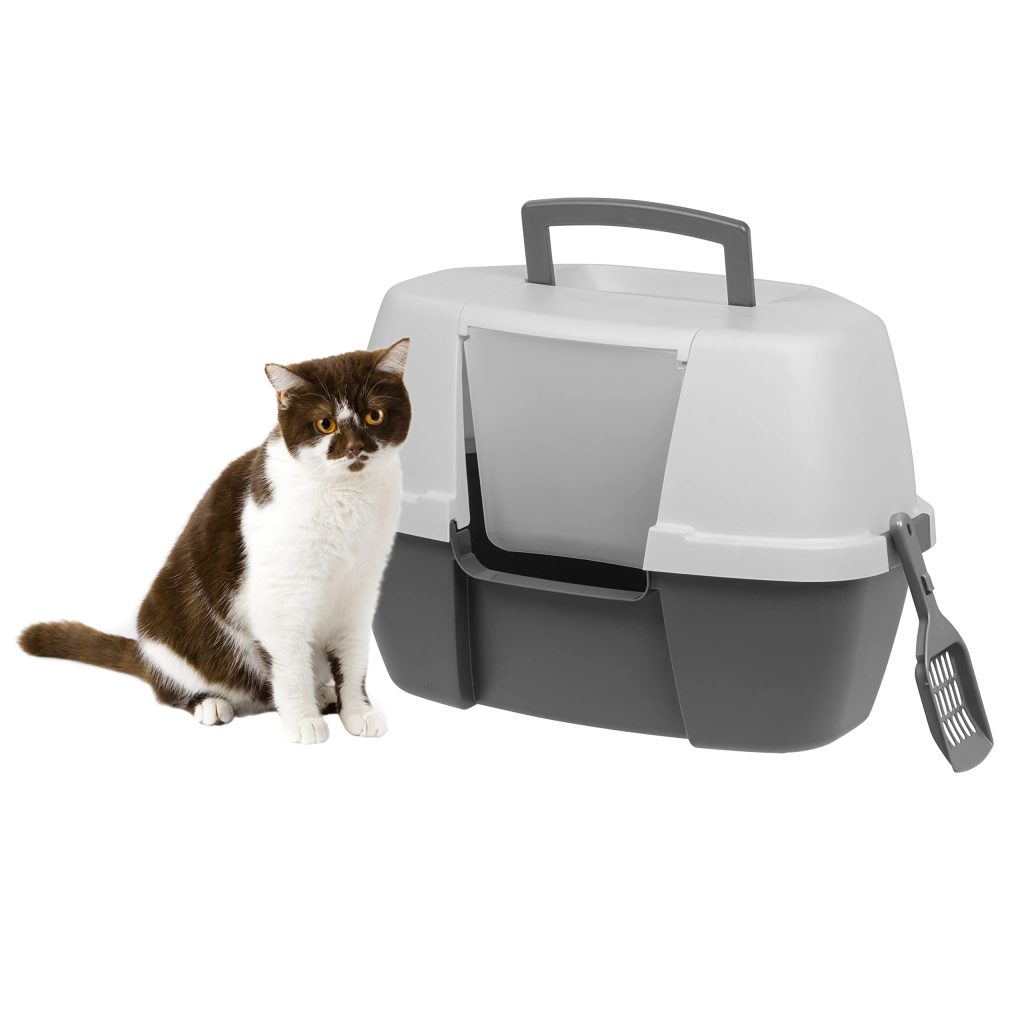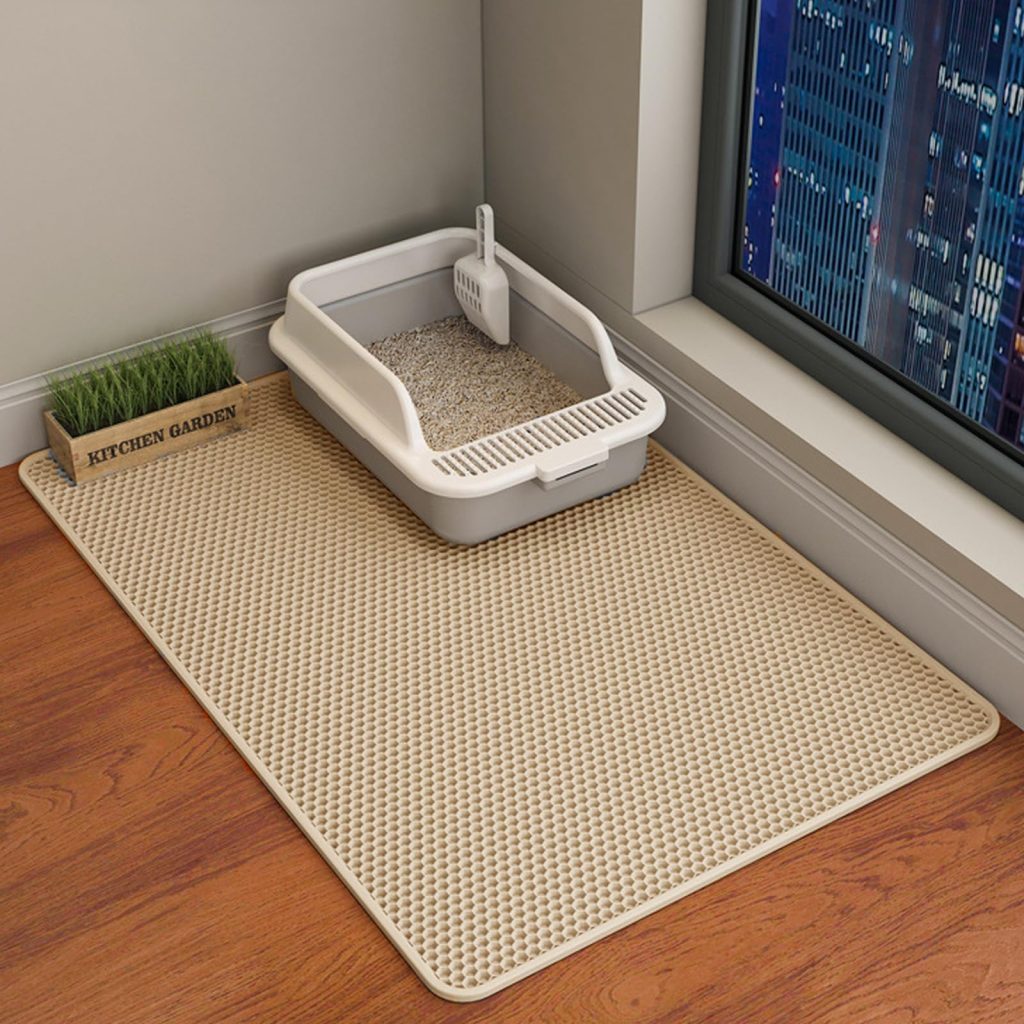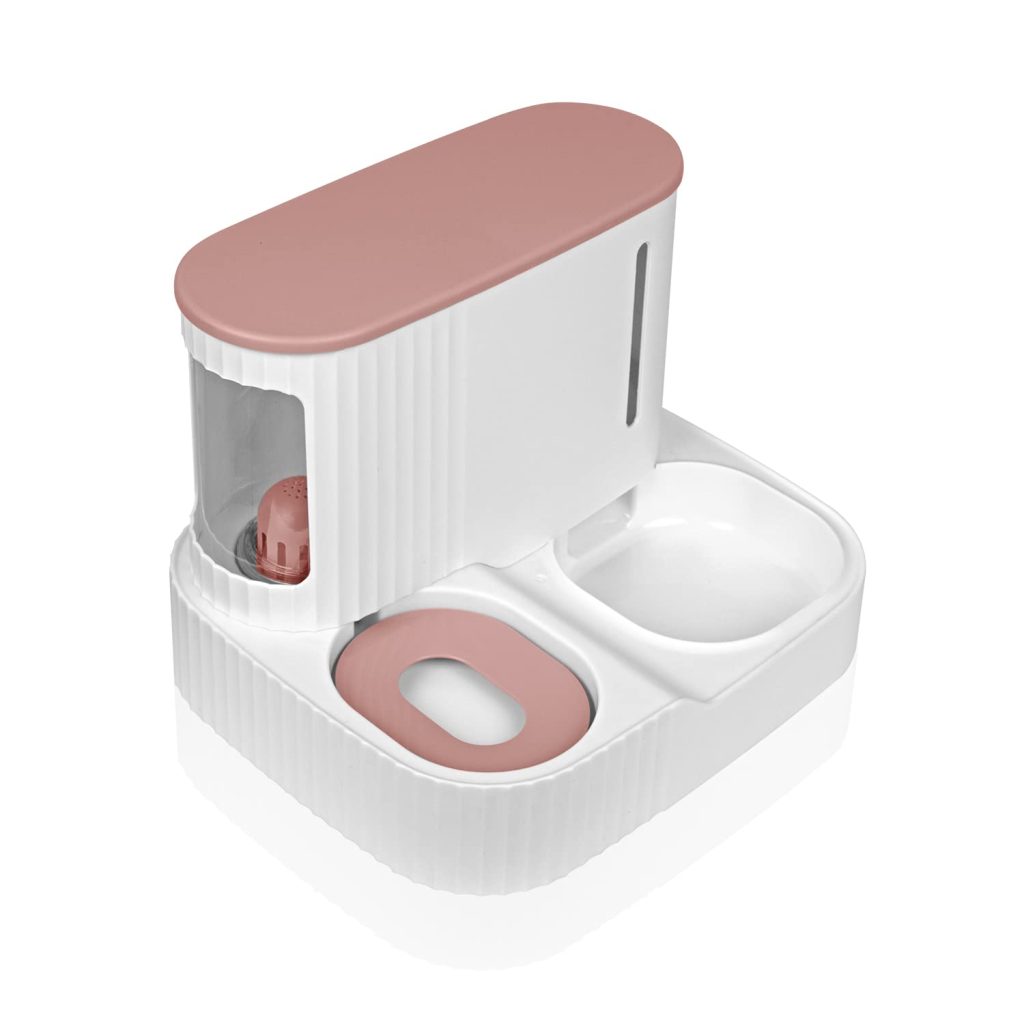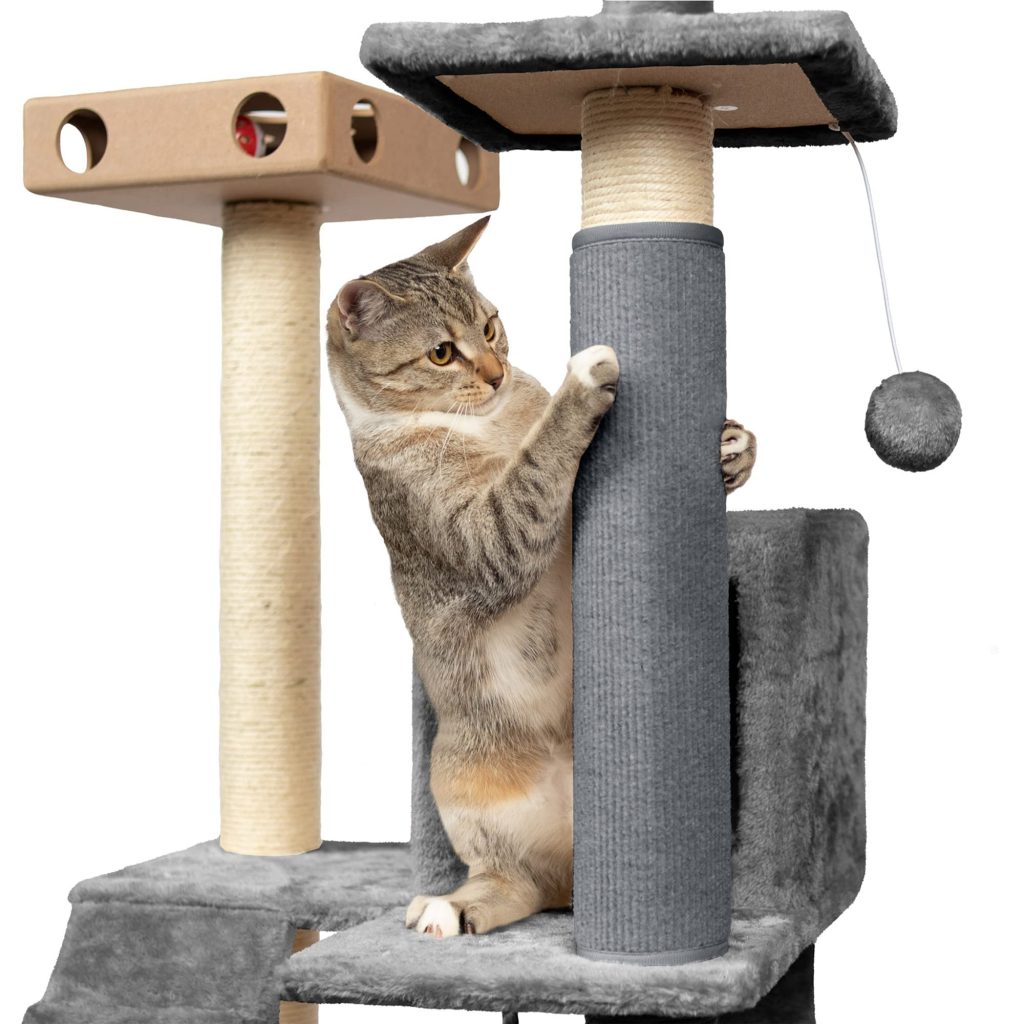
Common allergens associated with cats
Cats bring a whirlwind of joy to our lives with their playful antics and comforting purrs, but sometimes they carry little sneeze-inducing hitchhikers that some of us just can’t seem to tolerate – allergens. Ever wondered why your friend starts to resemble a sniffly mess around Mr. Whiskers? There’s a good chance they’re reacting to one of the more common feline allergens – and the usual suspect is a protein aptly named Fel d 1.
This protein, a bona fide allergen superstar, is produced in the sebaceous glands of our furry friends and hitchhikes around the house on cat hair and dander. But let’s not lay all the blame on Fel d 1 just yet – there’s more to the story. Cats can also carry in some uninvited guests like pollen, mold, or even dust from their jaunts outside, all of which can set off someone’s allergies.
A little-known fact that will have you staring at your feline’s paws in wonder is that they can actually gather and spread other allergens like carriers on a secret mission. Yup, those adorable little paws might just be tracking in more than just dirt from their litter box. And speaking of litter boxes, let’s talk about them for just a sec. That innocent-looking sandbox could be a hidden source of allergens as well, especially if it’s filled with fragrant litter that kicks up a scent (and allergy) storm every time it’s used.
While it’s easy to associate a fluffy, shedding cat with allergies, those sans-fur are not off the hook. That’s because it’s not only the fur that matters, but the saliva too. Cats are fastidious groomers, and when they engage in their daily spa rituals, they cover their bodies in saliva, which – you guessed it – contains Fel d 1. So, when they’re done getting all spick and span, they’ve also inadvertently prepped themselves to be mobile allergy spreaders.
What’s a cat lover to do? Well, before you start brainstorming space-age cat suits or living in a bubble, remember that understanding these common allergens is the first step to peacefully coexisting with our kitty companions without the wheeze and sneeze. By identifying the triggers, cat owners can create a proactive plan to mitigate the sniffles and keep the cuddles. And isn’t that what it’s all about?
Symptoms of cat-related allergies
Imagine you’ve just settled in for some quality time with your favorite feline friend, and moments later, you find yourself grappling with a cascade of sniffles and itches. If that scene sounds familiar, you might just be experiencing the classic symptoms of cat-related allergies. It’s as if you’ve become the unwilling participant in some sort of sneeze symphony, with every part of your body that is come into contact with your cat now desperately trying to grab your attention.
One minute you’re fine, and the next, your eyes are staging a protest, getting all weepy and red. It isn’t exactly the watery-eyed look of someone moved by the beauty of their pet, but more of the ‘help, I can’t see past my tears’ kind. And then there’s the itching – oh, the relentless itching! Imagine an itch you can’t scratch away, especially rough when it hits your eyes or nose. It’s like your body’s dialled up the sensitivity, and every little tickle becomes a full-blown itch-fest.
The nose knows the struggle is real when it shifts from being your steady breathing buddy to a runny faucet that no amount of tissues can contend with. You are left sniffling, attempting to go about your day with what sounds like a perpetual cold. Speaking of cold-like symptoms, don’t forget the sneezing. Cats don’t understand “bless you”, but if they did, they’d be saying it a lot. You sneeze so frequently that it almost becomes a part of the conversation.
Then, there’s the throat — your trusty food chute that turns traitor, scratching and tickling until you sound like a frog this is seen better days. And if you consider breathing should be the least of your problems, consider again. Your chest tightens up faster than a drum, and you find yourself whistling while you breathe – and not because you are chipper.
But the fun doesn’t stop there. Just when you consider every surface of your body has betrayed you, you might even notice your skin jumping on the bandwagon. Contact with your cat might leave you with red, raised patches that make you want to scratch your skin off — not exactly the kind of cuddle souvenir anyone would want. It’s as if your body has mistaken your cat for something out of a horror film and is doing everything in its power to keep you at arm’s length.
Now, it’s not all doom and gloom. You’re armed with the signs, and that’s half the battle won. Recognizing these symptoms as tell-tale allergen reactions brings you one step closer to reclaiming harmony in your cat-fuelled life. And remember, your furry companion isn’t trying to turn you into an itchy, sneezy mess on purpose; they just want to share some love, perhaps with a side of dander — something we’re getting to the bottom of!

Diagnosis and testing for cat allergies
When those sniffles and itchy eyes overtakes your day, now, let’s don your detective hat and get to the bottom of the mystery. Figuring out if your adorable furball is the culprit behind your allergic reactions is a journey that starts with a simple visit to the allergist. Consider of them as your allergy sleuths, equipped with an arsenal of tests to pinpoint the pesky proteins leaving you red and puffy.
Roll up your sleeves because skin testing is often the opening act. A small amount of suspected allergens, including the infamous Fel d 1, is introduced into your skin, usually on the forearm. It is like a VIP pass; if your body reacts with a little red bump, congrats – you’ve won an ironic lottery signaling your sensitivity to kitty’s built-in perfume. But if the thought of skin tests sends shivers down your spine, a blood test can step in as your knight in shining armor. This less invasive test measures the amount of allergy-causing antibodies in your bloodstream. No bumps, no fuss!
But what about Mr. Whiskers? Your cat isn’t left out of this scientific exploration, as your vet can help separate fact from feline fiction. Although there’s no allergy test specific for cats themselves, our furry friends can be examined for overall health to ensure they aren’t carriers for other allergens such as mites or fleas, which may exacerbate your allergic woes.
Okay, so you’ve figured out that your cat is indeed the charming little allergen factory you suspected. Fear not, because all is not lost in your feline companionship. Knowledge is power, my friend, and with this newfound intel, you can craft a battle plan. A plan that doesn’t include parting ways with your beloved ball of fluff. Instead, it looks towards creating an environment where both you and your four-legged family member can thrive together.
Remember, going on the offense with a good defense strategy is your best bet for keeping those allergy symptoms at bay. It is like navigating a maze; with the right moves, you’ll find your way to comfort and joy with your cat at your side, sans sneezes!
Managing and reducing exposure to cat allergens
Start by considering your home a fortress against allergens and mount a defense that would make any general proud. First and foremost, embrace the power of cleanliness. Regularly vacuuming your space, especially with a vacuum equipped with a HEPA filter, snatches up stray cat hair and dander efficiently. It’s like sending in an elite cleaning squad to clear out unwanted intruders.
Another tactical move is investing in an air purifier. These savvy devices are like having your very own air-quality wizard, working around the clock to zap airborne allergens and giving you the gift of sneeze-free air. Remember, the key here is to keep the air as clean as your intentions of maintaining a happy, healthy home.
Your lovable kitty’s bedding and play areas are also strategic points that require regular attention. Wash bedding in hot water, and if possible, opt for pet furniture that’s simpler to sanitize. This routine is like putting a force field around areas that could otherwise be high-allergen zones.
- Bathing your cat might sound like a scene out of a comedy sketch, but surprisingly, it can help reduce the amount of allergens they spread. A mild bath can wash away some of the pesky proteins that cling to their fur. Before you picture a wild water-chase, consult with your vet for feline-friendly bath routines and products that make this a less stressful experience for both of you. Remember, we’re aiming for clean and serene, not a splash battle!
- Brushing your cat is a bonding activity that also serves a dual purpose in the fight against allergens. It’s like you are the secret agent intercepting messages — or in this case, loose hair and dander — before they can disperse. Done regularly, this mission can drastically cut down on allergic reactions, but it is best done outside or in a well-ventilated area.
- Litter matters, so switch to a low-dust, unscented variety to reduce your allergy symptoms. It’s a simple switch that can have a profound impact on your living environment.
Don’t overlook the power of designing your home with allergy defense in mind. Choose easy-to-clean furnishings and limit heavy drapes and carpets, which are like VIP lounges for allergens. Instead, dance to a different beat with hardwood floors or rugs that can be regularly washed.
Lastly, establish a kitty-free zone, such as the bedroom, to give yourself an allergen sanctuary. Enforcing a ‘no-cat’ policy in this sacred space ensures that, at the very least, you can rest and recharge without allergy symptoms disturbing your peace.
By maintaining a staunch cleaning regimen, keeping your cat well-groomed, and smartly managing your space, you can create a peaceful coexistence with your feline friend. Consider of it as a tailor-made strategy to keep the sniffles at bay, enabling a happy home where every purr and headbutt is a celebration, not a sneeze trigger.







